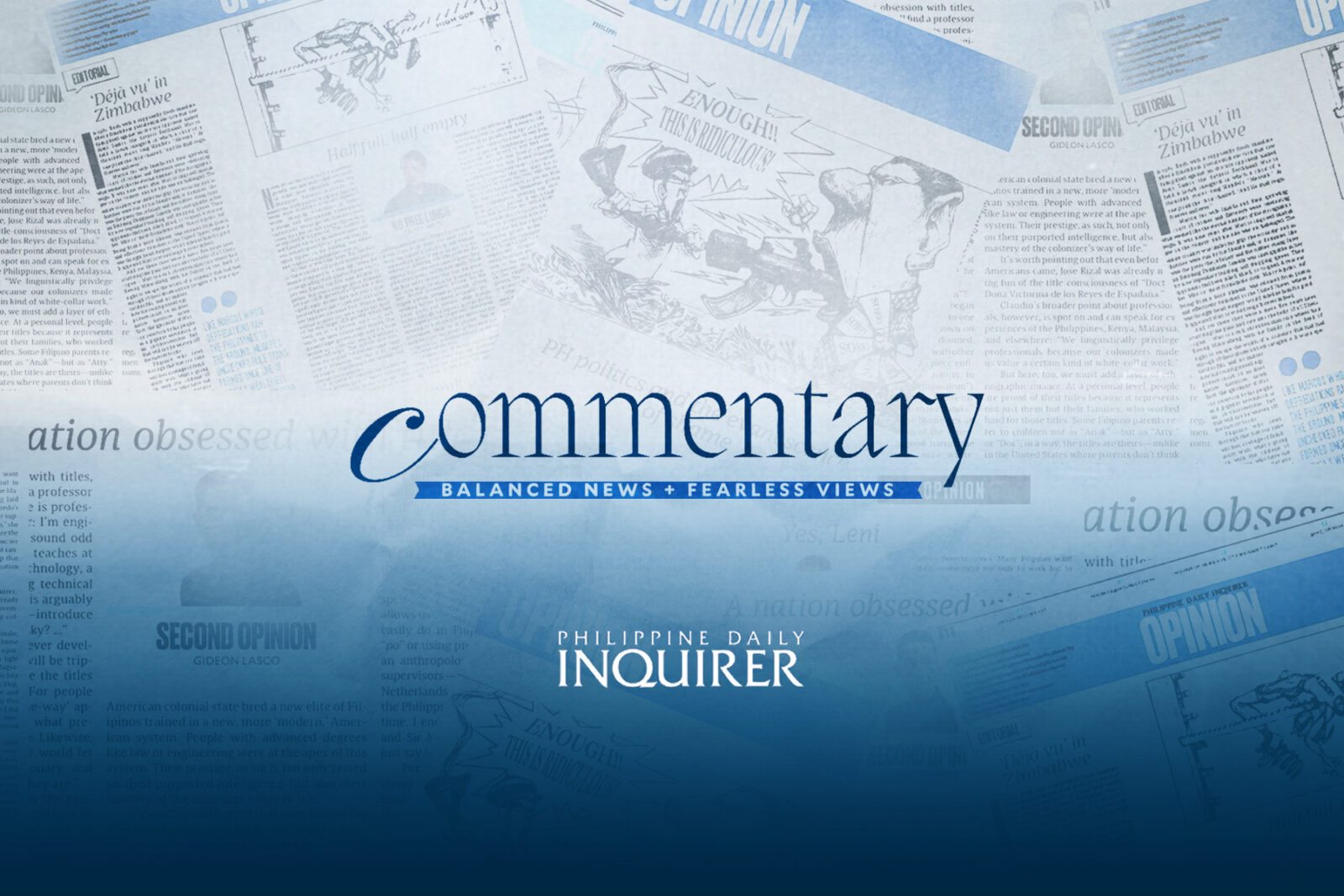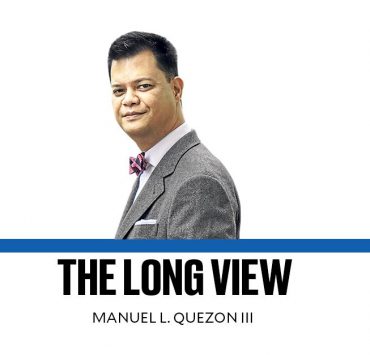Investments for improved student outcomes

The Philippines has not invested enough per student to achieve desired improvements in student learning. In 2018, the country ranked lowest in expenditure per student among all countries participating in the Programme for International Student Assessment, spending 90 percent less than the Organization for Economic Cooperation and Development average. Today, spending levels still fall short of international benchmarks, despite significant increases in funding for the past decade.
The First Congressional Commission on Education (EdCom I) has identified government under-investment as a principal reason for the continuous decline in the quality of Philippine education. While budget for education more than doubled in the last 10 years, rising to an average of 3.2 percent of GDP, spending surged beginning in 2016 mainly due to the implementation of Republic Act No. 10533 (particularly, senior high school) and RA 10931 or the free tuition law. These substantially expanded the student population and increased expenditures for tertiary tuition. However, except in 2017 when the education sector’s share of GDP peaked at 4 percent, the Philippines has failed to meet the recommended education spending of 4 to 6 percent of GDP laid out in the Unesco 2030 Incheon Declaration.
Allocations in secondary education per capita have doubled over the past decade, and tertiary education saw a rise with the provision of free tuition. However, per capita for primary education (or Kinder to Grade 6) has had the lowest growth and remained consistently lowest in real terms. The Philippines’ spending per student of $11,000 lags severely behind aspirational and regional peers such as Vietnam, Malaysia, and Singapore, indicating that current funding levels remain insufficient to address needs, especially in primary education.
International research highlights that increasing resources alone won’t guarantee better educational outcomes; effective allocation and spending are equally crucial. The EdCom II analysis of end-of-year financial accountability reports reveals that the Department of Education (DepEd) has averaged P27.2 billion in unobligated funds annually over the past decade. FY 2021-2023 unobligated amounts have ranged from P1.1 to P10.3 billion for expenditures such as computerization, learning tools, school desks, and furniture. The opportunity costs of these unused funds are huge, given the magnitude of funding needed to address deficits in basic resources faced by our public schools.
Research shows that a 10-percent increase in school funding can boost individual wages by 7.25 percent annually, supporting financial stability and stimulating economic growth. In particular, high-quality primary education can improve student achievement. A study on an early education intervention in the Philippines provides strong evidence to affirm that early schooling impacts academic achievement and educational attainment in later years.
Beyond individual benefits, studies link public education spending to sustained economic growth but caution that inefficient allocation can diminish its impact. This suggests that the Philippines must prioritize education expenditure to meet GDP percentage benchmarks, and direct more funds to evidence-based interventions. Particularly, it must focus its resources toward strategic, targeted support for younger learners in primary education.
As the Senate conducts plenary deliberations on the government budget for next year, it is critical that we allocate resources toward those that have proven to be effective in improving learning outcomes. Positive outcomes in countries with similar contexts may offer valuable lessons: following Vietnam, we should invest heavily in pre- and in-service teacher training programs and establish continuous teacher monitoring tools to adjust and strengthen instructional practices.
Notably, data shows us that DepEd’s Human Resource Development Fund had around P1,043,304,134 in unutilized funds in 2023. Learning from school transformations in Sobral, Brazil, we should provide teachers with clear guidelines and learning objectives in developing lesson plans for primary education and in delivering instruction. Learning from Kerala, India, we should scale remediation and targeted learning interventions—such as grouping students by learning level and tailoring instruction to individual needs to raise significant benefits for student achievement.
Finally, given that 48 percent of the 45,198 schools in the Philippines lack a school principal position, recruiting and developing competent school leaders should be a top priority, as they are critical to implementing and executing effective interventions. The path to better outcomes for our schools and learners does not require complex solutions; it demands a committed government focus on sustained, evidence-driven investments in education.
—————-
Andrew Pablo is a senior policy research officer for EdCom II. Sue Quirante is a technical specialist for the EdCom II governance and finance standing committee.

















